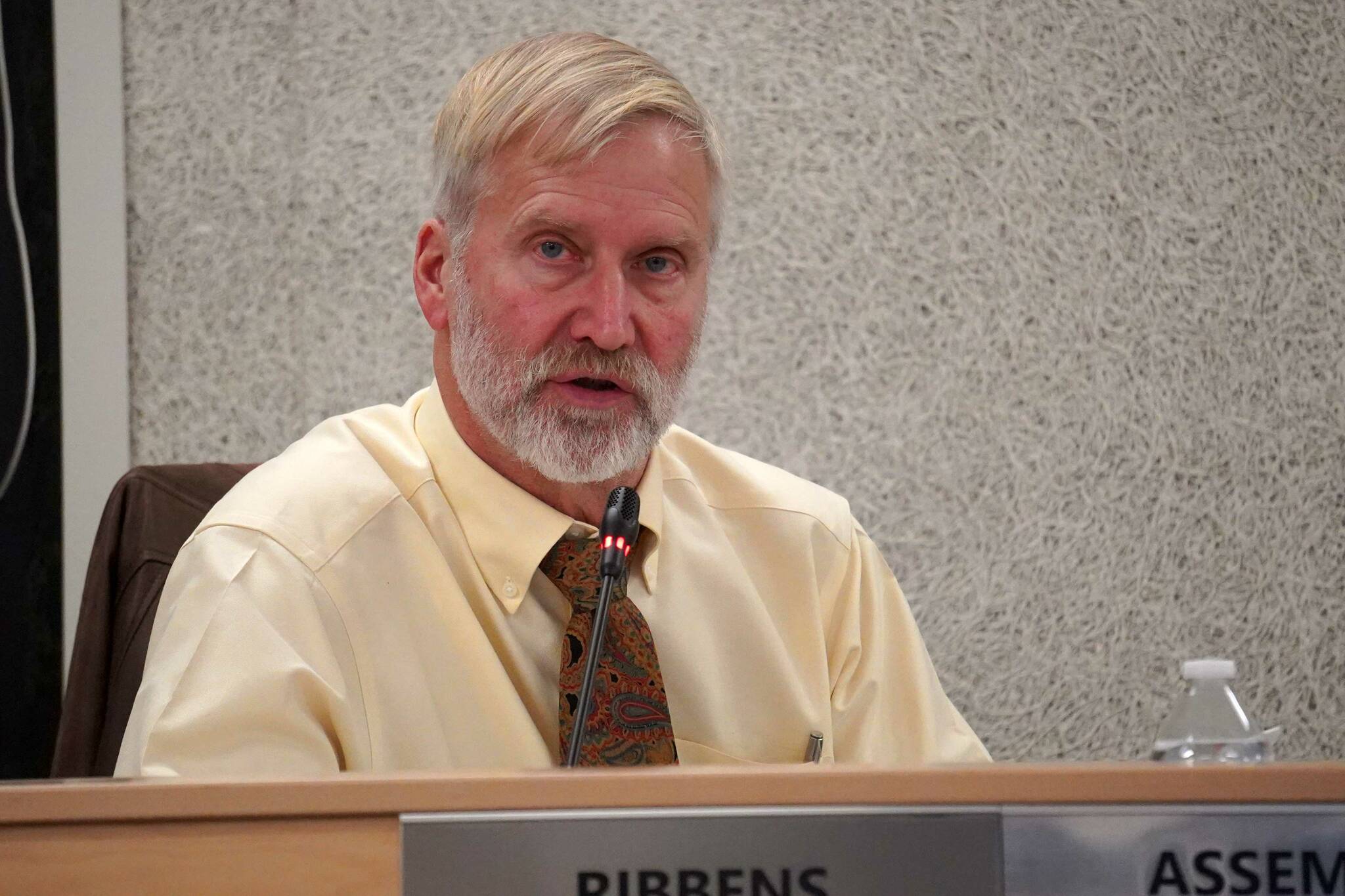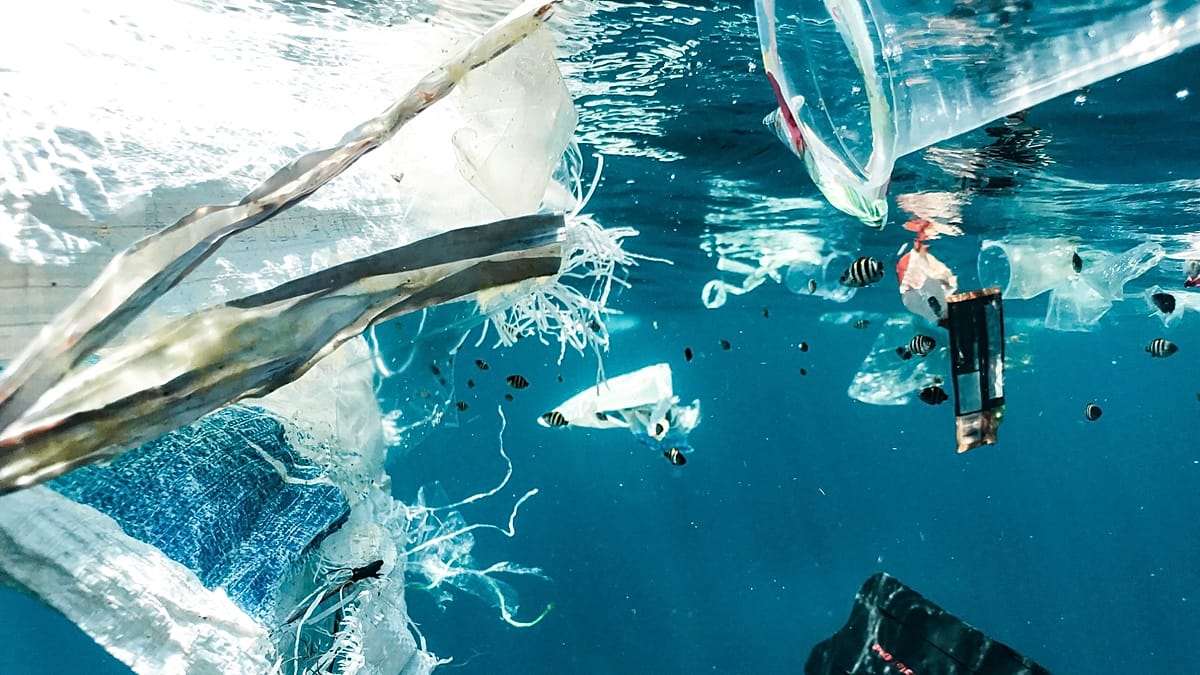Comment period opens, public hearing scheduled for proposed marine fisheries rules – Island Free Press

Report on Proposed Amendments to N.C. Marine Fisheries Regulations and Alignment with Sustainable Development Goals
Introduction and Public Consultation Mandate
The North Carolina Marine Fisheries Commission has initiated a public comment period for nine proposed rule changes concerning permits, franchises, and shellfish leases. This process is a critical component of the state’s commitment to transparent and participatory governance, directly supporting the principles of Sustainable Development Goal 16 (Peace, Justice and Strong Institutions). The overarching objective of these amendments is to enhance the sustainable management of marine and estuarine resources, a core target of SDG 14 (Life Below Water).
Public Hearing and Participation Details
To ensure inclusive and responsive decision-making, a public hearing will be conducted. This forum provides a platform for stakeholders to contribute to the regulatory process, reinforcing the targets of SDG 16.
- Event: Public Hearing for Proposed Rules
- Date: August 26, 2025
- Time: 6:00 p.m.
- Location: Virtual via WebEx, with a physical listening station at the NCDEQ Division of Marine Fisheries Central District Office, Morehead City.
- Public Comment Registration Deadline: August 26, 2025, at 12:00 p.m.
- Written Comment Submission Deadline: September 30, 2025, at 5:00 p.m.
Proposed Amendments: Permits for Sustainable Fisheries Management
A series of amendments to five rules aims to strengthen the regulatory framework for fisheries. These changes are designed to improve data collection, clarify regulations, and increase efficiency, thereby contributing to the effective management and conservation of marine ecosystems as outlined in SDG 14.
- Enhanced Electronic Reporting: Mandating electronic quota monitoring logs for dealers who report trip tickets electronically. This improves the quality and timeliness of data, which is essential for managing harvesting levels and preventing overfishing, directly supporting SDG 14.4 (End overfishing, illegal, unreported and unregulated fishing).
- Codification of Permits: Transitioning four permits, including the estuarine flounder fishery dealer permit, from proclamation to permanent rule. This provides greater regulatory stability, creating a predictable environment for sustainable economic activities (SDG 8: Decent Work and Economic Growth) and long-term resource conservation (SDG 14).
- Comprehensive Harvest Reporting: Clarifying that a trip ticket is required for fish not sold. This closes data gaps, ensuring all removals are accounted for, which is fundamental to accurate stock assessments (SDG 14.4).
- Strengthened Data Collection: Relocating a rule from proclamation that makes it unlawful to refuse Division of Marine Fisheries employees access to data. This underpins the collection of scientific information necessary for conservation, aligning with SDG 14.a (Increase scientific knowledge, research and technology for ocean health).
- Promotion of Marine Education: Broadening the definition of “educational institution” to foster greater awareness and research in marine conservation, contributing to SDG 4 (Quality Education) and SDG 14.
- Adaptive Resource Management: Repealing the underutilized Horseshoe Crab Biomedical Use Permit while allowing for commercial bait harvest. This reflects an adaptive management approach that balances conservation with economic use.
- Administrative Efficiency: Adding email as a valid method for permit call-in requirements and removing notarization requirements for most applications. These changes streamline governance, supporting the objectives of an effective and accountable institution (SDG 16).
Proposed Amendments: Shellfish Leases and Franchises for Sustainable Aquaculture
Amendments to five rules concerning shellfish leases and franchises are proposed to codify procedures and align with state laws. These changes support the growth of a sustainable aquaculture sector, which is vital for providing food and economic opportunities while protecting marine ecosystems.
- Clarification of Lease and Franchise Requirements: The proposed rules clarify production requirements for shellfish leases and remove them for franchises. This provides a clearer, more effective regulatory framework for sustainable aquaculture, contributing to SDG 2 (Zero Hunger) through food production and SDG 14.b (Support small-scale fishers) by clarifying tenure.
- Equitable and Sustainable Expansion: The amendments clarify procedures for determining eligibility for additional shellfish lease acreage. This ensures that the expansion of aquaculture is managed sustainably and equitably, aligning with the principles of responsible resource management under SDG 14.
Procedural Timeline and Legislative Review
The proposed rule changes will follow a structured and transparent approval process, further demonstrating a commitment to strong institutional practices (SDG 16).
- Final Commission Approval: The N.C. Marine Fisheries Commission will vote on the proposed rules in November 2025.
- Legislative Review: If approved, the rules will be subject to legislative review in 2026 before an effective date is established.
SDGs Addressed in the Article
-
SDG 14: Life Below Water
- The article is entirely focused on the management of marine life and ecosystems. It discusses proposed rules by the N.C. Marine Fisheries Commission concerning permits, shellfish leases, and franchises. These regulations are fundamental to the conservation and sustainable use of marine resources, which is the core objective of SDG 14. The rules aim to manage commercial fishing activities, such as the estuarine flounder fishery and horseshoe crab harvesting, and promote sustainable aquaculture through shellfish leases.
-
SDG 16: Peace, Justice and Strong Institutions
- The article highlights the process of public governance and institutional accountability. It details the mechanisms for public participation in decision-making, including public hearings, online comment submissions, and clear timelines. This process, managed by the N.C. Marine Fisheries Commission, demonstrates an effort to build effective, accountable, and transparent institutions and ensure responsive, inclusive, and participatory decision-making, which are key tenets of SDG 16.
-
SDG 12: Responsible Consumption and Production
- This goal is relevant through its focus on the sustainable management of natural resources. The proposed rules for fisheries, such as requiring electronic reporting of trip tickets and quota monitoring logs, are direct measures to ensure that the harvesting of marine resources (production) is done sustainably and is well-monitored. This contributes to Target 12.2, which calls for the sustainable management and efficient use of natural resources.
Specific SDG Targets Identified
-
Target 14.4: Effectively regulate harvesting and end overfishing, illegal, unreported and unregulated fishing and destructive fishing practices and implement science-based management plans.
- The article directly addresses this target by describing proposed amendments to fishing regulations. The requirement for seafood dealers to “report quota monitoring logs electronically” and for a dealer to “submit a trip ticket for fish not sold” are mechanisms to regulate harvesting and combat unreported fishing. The entire set of proposed rules represents the implementation of management plans designed for the “conservation and management of marine and estuarine resources.”
-
Target 14.7: Increase the economic benefits… from the sustainable use of marine resources, including through sustainable management of fisheries, aquaculture and tourism.
- The section on “Shellfish Leases and Franchises Rule Amendments” is directly related to aquaculture. The proposed rules aim to clarify and codify procedures for shellfish leases, including “production requirements” and “eligibility for additional shellfish lease acreage.” By creating a clearer and more stable regulatory environment for shellfish farming, these rules support the sustainable management of aquaculture, which in turn can increase economic benefits for local communities.
-
Target 16.7: Ensure responsive, inclusive, participatory and representative decision-making at all levels.
- The article is a public announcement detailing a participatory process. It explicitly invites public involvement through a “public hearing,” provides multiple ways to participate (“by WebEx,” “listening station”), and offers various channels for comment (“Submit Online Public Comment,” “submit written comments through… mail”). The provision of registration links, deadlines, and contact information ensures the process is responsive and inclusive, allowing stakeholders to influence the final rules.
Indicators for Measuring Progress
-
Indicator 14.4.1: Proportion of fish stocks within biologically sustainable levels.
- While the article does not state the current proportion, it describes the tools used to measure and manage it. The requirement to “report quota monitoring logs electronically” and submit “trip tickets” provides the raw data necessary for scientists and managers to assess the health of fish stocks, such as the “estuarine flounder fishery,” and determine if they are at sustainable levels. The implementation of these rules is a direct action toward achieving this indicator.
-
Indicator related to Target 14.7: Number and acreage of shellfish leases operating under sustainable management practices.
- The article implies this indicator by discussing the rules that govern shellfish leases. The proposed amendments to clarify “production requirements for shellfish leases” and the process for determining “eligibility for additional shellfish lease acreage” are designed to manage and potentially expand sustainable aquaculture. Tracking the number of leases and the total acreage under these clarified rules would serve as a direct indicator of progress.
-
Indicator related to Target 16.7: Existence of mechanisms for public participation in environmental and resource management decision-making.
- The article itself is evidence of this indicator. It describes the specific mechanisms in place: the scheduling of a “public hearing,” the establishment of a “listening station,” the opening of a “public comment” period with a clear deadline, and the provision of multiple submission methods (online, mail, in-person speaking). These formal procedures are the indicator that a participatory decision-making process is being followed.
Summary Table of SDGs, Targets, and Indicators
| SDGs | Targets | Indicators |
|---|---|---|
| SDG 14: Life Below Water | 14.4: Effectively regulate harvesting and implement science-based management plans. | Implementation of electronic reporting for quota monitoring logs and trip tickets to assess fish stocks (Implied Indicator 14.4.1). |
| 14.7: Increase economic benefits from sustainable management of fisheries and aquaculture. | Codification of rules clarifying production requirements and acreage eligibility for shellfish leases. | |
| SDG 16: Peace, Justice and Strong Institutions | 16.7: Ensure responsive, inclusive, participatory and representative decision-making at all levels. | Provision of multiple channels for public participation (WebEx hearing, listening station, online comments, mail-in comments) in the rulemaking process. |
| SDG 12: Responsible Consumption and Production | 12.2: Achieve the sustainable management and efficient use of natural resources. | Establishment of rules for commercial harvest reporting to ensure sustainable management of marine resources. |
Source: islandfreepress.org

What is Your Reaction?
 Like
0
Like
0
 Dislike
0
Dislike
0
 Love
0
Love
0
 Funny
0
Funny
0
 Angry
0
Angry
0
 Sad
0
Sad
0
 Wow
0
Wow
0













































































